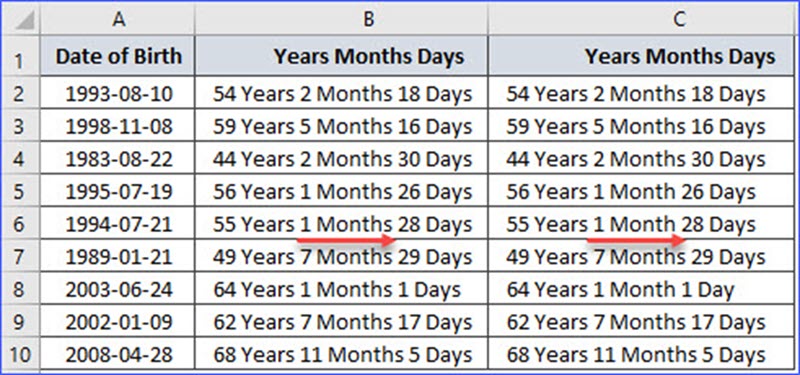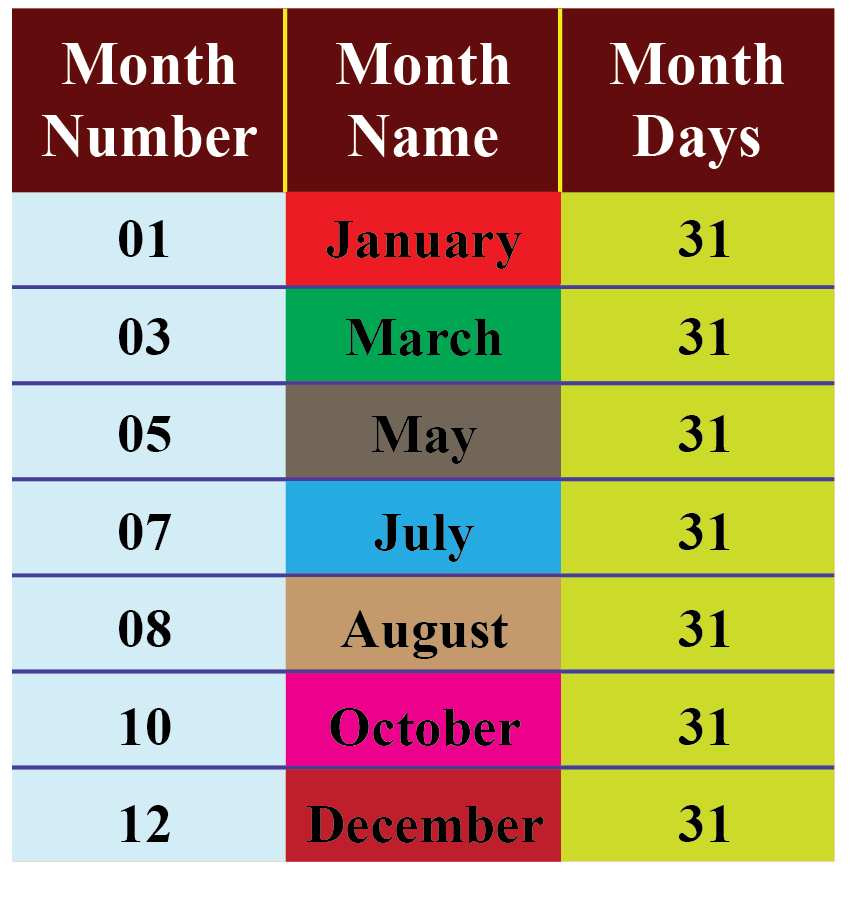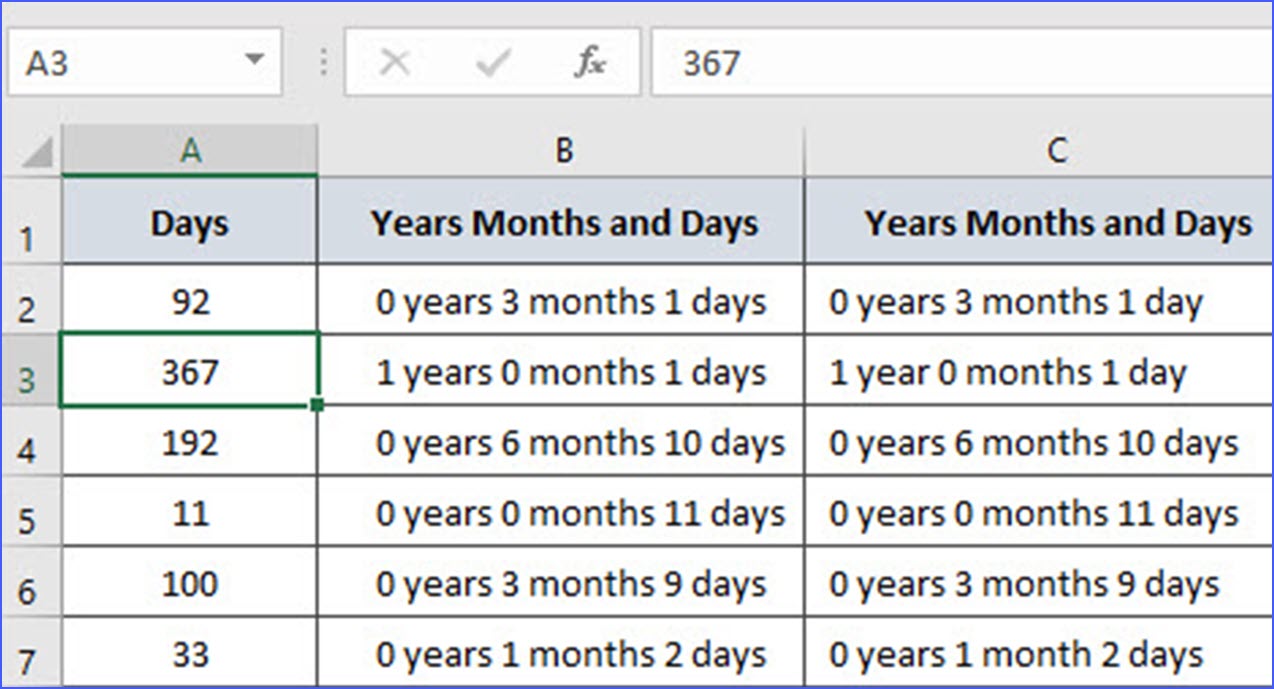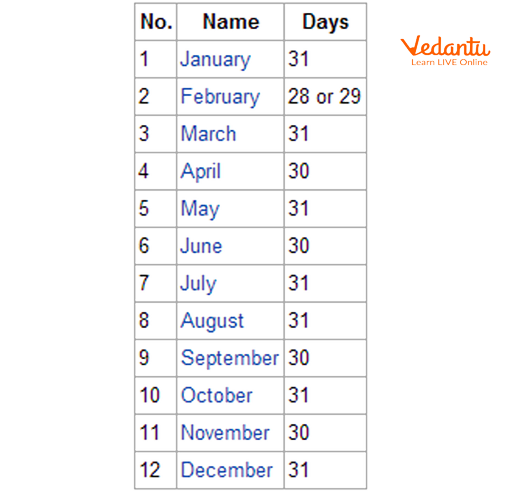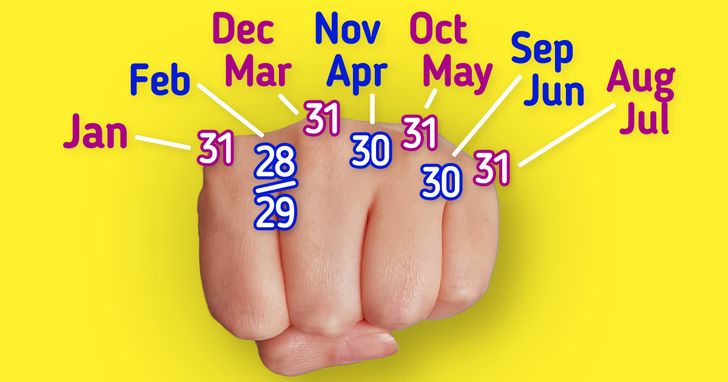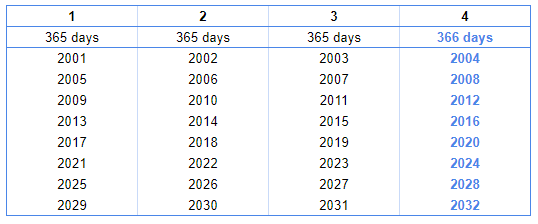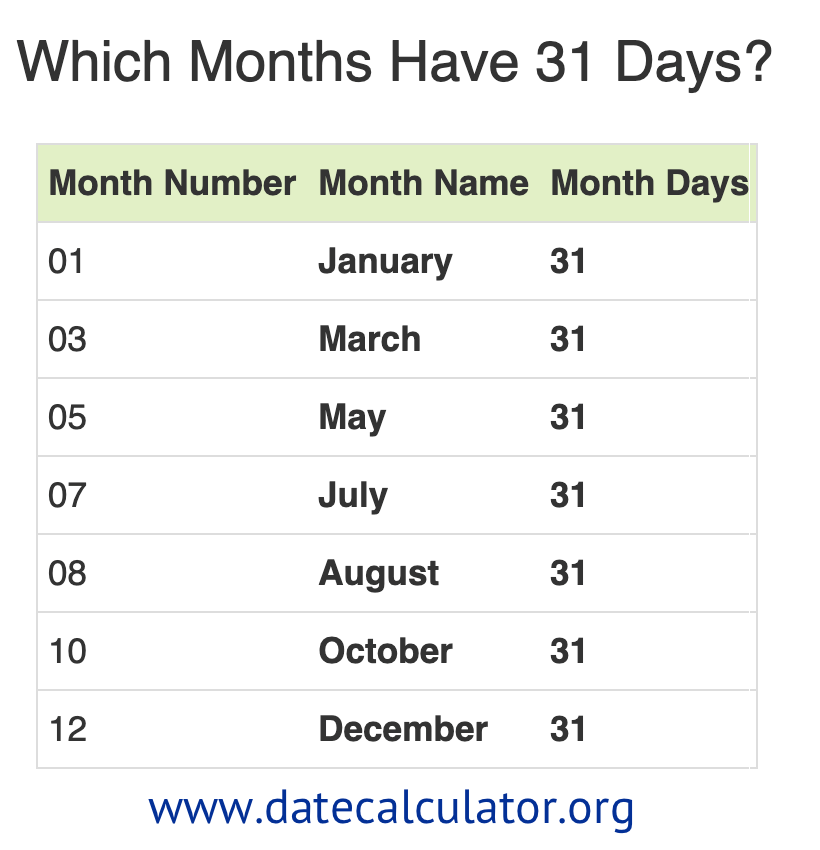How Long Is 200 Days In Months

Imagine planning a grand adventure, a sabbatical, or perhaps just counting down to a much-anticipated event. Numbers dance in your head, weeks blur into one another, and the question inevitably arises: Just how long is this duration, really? Figuring out the equivalent of 200 days in months can feel like navigating a maze, especially when calendars seem to have a mind of their own.
The essence of this article lies in unraveling that temporal puzzle. We will explore how to accurately convert 200 days into months, acknowledging the inherent variations in calendar months and offering a straightforward answer that helps put timelines into clearer perspective.
Understanding the Calendar’s Quirks
Our modern calendar, the Gregorian calendar, is a marvel of human ingenuity, yet it’s far from perfectly uniform. Months range in length from 28 to 31 days, creating a bit of a mathematical challenge when calculating durations.
February, with its 28 days (or 29 in a leap year), is the shortest, while months like January, March, May, July, August, October, and December stretch to 31 days. Then there are the 30-day months: April, June, September, and November. This variation complicates direct conversions.
The Average Month: A Helpful Approximation
To overcome these inconsistencies, we often rely on the concept of an average month length. It's calculated based on the total number of days in a year (365 in a regular year, 366 in a leap year) divided by the number of months (12).
The calculation is simple: 365.25 (the average number of days in a year, accounting for leap years) divided by 12. This gives us an average month length of approximately 30.44 days.
Calculating 200 Days in Months: The Simple Math
Now that we understand the average month length, we can easily calculate the approximate number of months in 200 days. To do this, we divide 200 by the average month length of 30.44 days.
The calculation looks like this: 200 / 30.44 ≈ 6.57 months. Therefore, 200 days is roughly equivalent to 6 and a half months.
Real-World Applications
This conversion is more than just a mathematical exercise; it has practical applications in various scenarios. Think about employment contracts, project timelines, or even personal milestones.
For example, if you’re planning a six-month sabbatical, understanding that 200 days covers a significant portion of that allows you to plan more accurately. Similarly, knowing this conversion can help in budgeting or forecasting for projects with specific deadlines.
According to the Bureau of Labor Statistics, the average duration of unemployment can fluctuate, and knowing how to translate days into months provides a clearer picture of job market trends. This kind of information helps individuals and organizations make informed decisions.
Beyond the Average: A More Precise Approach
While the average month calculation offers a useful approximation, it's essential to recognize its limitations. Using the average can sometimes lead to inaccuracies, especially when dealing with precise scheduling.
For more accuracy, consider looking at the specific months involved in your timeframe. For example, if your 200-day period falls between January and July, you'll encounter several 31-day months, making the actual duration slightly longer than the average calculation suggests.
You might also consider using a calendar tool or online calculator that takes into account the specific dates involved. These tools offer greater precision, especially if your timeframe crosses multiple months with varying lengths.
The Significance of Time Perception
Our perception of time is subjective and often influenced by our experiences. The same duration can feel drastically different depending on the context.
For example, 200 days spent working on a challenging project might seem to fly by, while 200 days of waiting for an important decision could feel like an eternity. Understanding how time is segmented into months can help manage expectations and make plans accordingly.
In psychology, studies have shown that breaking down large durations into smaller, more manageable units (like months) can reduce feelings of overwhelm and increase motivation. This is because smaller units seem less daunting and provide more frequent opportunities for assessment and adjustment.
Planning and Milestones
Whether you are an entrepreneur meticulously planning a new venture, a student charting a course through an academic year, or simply someone looking forward to a long-awaited vacation, the ability to translate days into months provides a tangible framework.
Think of a startup company that anticipates reaching a crucial milestone within 200 days; they could then visualize progress in terms of approximately 6.5 months. This conceptualization helps divide the goal into manageable increments, allowing for regular check-ins and adaptive strategy adjustments. The process fosters a sense of control and encourages a proactive approach towards their objectives.
Imagine you’re preparing for a significant event in 200 days. Breaking this down into monthly chunks allows you to set incremental goals, such as mastering a skill, saving a specific amount of money, or completing preparatory tasks each month. This structure helps mitigate procrastination and ensures a steady progression towards your ultimate goal.
Conclusion: Time is of the Essence
In the grand tapestry of life, time remains our most precious resource. Understanding how to measure and interpret it is essential for navigating the world around us and pursuing our goals with purpose.
Converting 200 days into approximately 6.5 months is a simple yet powerful calculation that can bring clarity and focus to our endeavors. It provides a framework for planning, managing expectations, and making the most of every moment.
So, the next time you find yourself pondering a duration expressed in days, remember the magic of converting it into months. It is a simple action that can transform abstract time into tangible milestones and create a roadmap for your journey.
